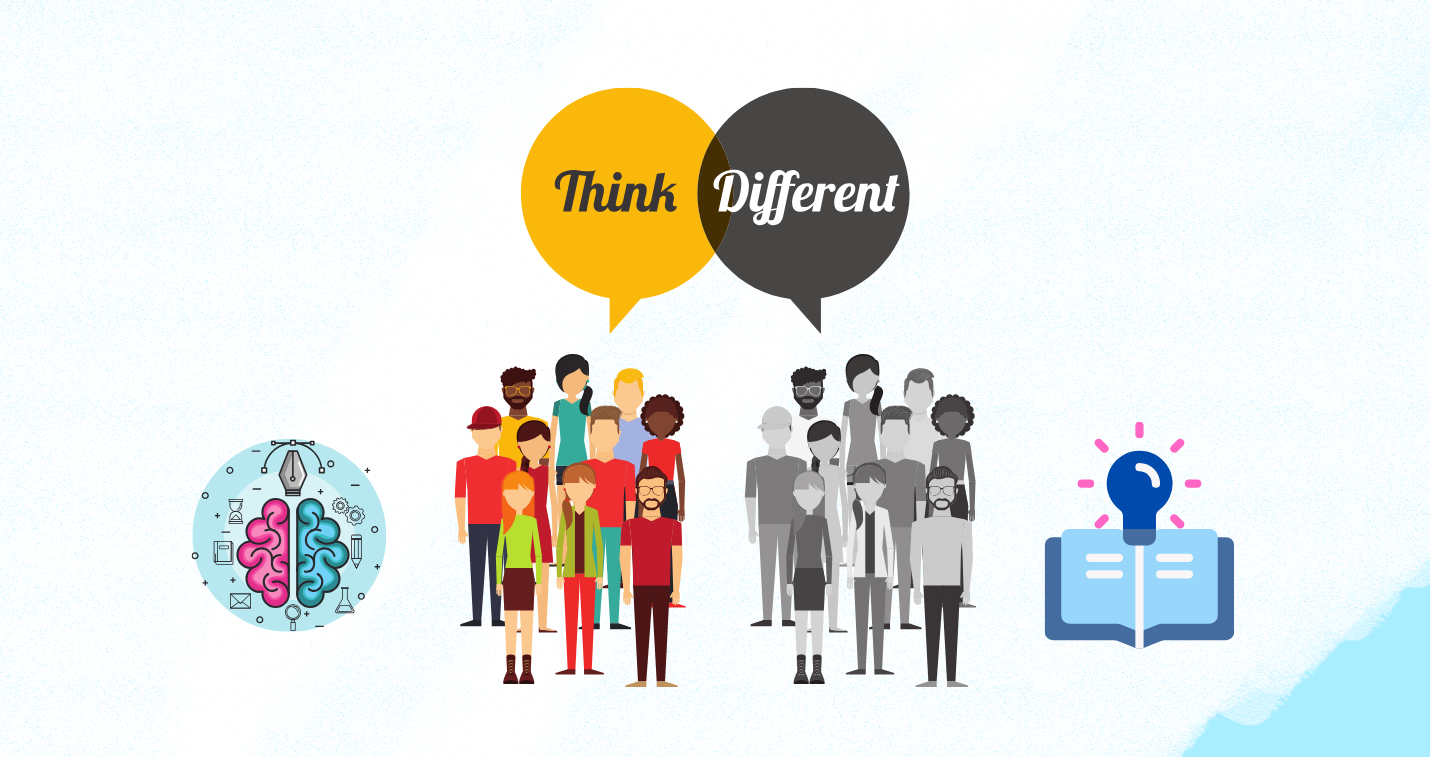Design thinking methods emphasise the collaboration and experimentation skills of professionals. One of the primary goals of design thinking is improving your capacity for innovation and creating significant solutions. Leadership Training Courses can significantly benefit from incorporating these tools, as they promote creative skills in problem-solving and user-centric approaches.
This blog will review the ten most crucial Design Thinking Tools that any designer should know to help them perform effectively. Each tool will be described in a way that readers can understand its importance and application in design thinking processes.
Table of Contents
The Importance of Design Thinking Tools
The following points highlight the importance of design thinking tools:
- Promote Innovation: Design thinking tools offer established frameworks that inspire creativity and motivate teams to discover new thoughts and solutions.
- Encourage Empathy: These tools prioritise understanding and empathy for end users and help businesses offer goods and services that live up to the expectations of their customers.
- Encourage Collaboration: Design thinking tools encourage collaboration by bringing together distinct viewpoints to tackle challenging problems.
- Improve Communication: Prototypes and journey maps are examples of visualizations that improve decision-making by assisting teams and stakeholders to communicate ideas clearly.
- Promote Iterative Improvement: These tools provide an iterative approach to problem-solving. This allows teams to fine-tune solutions in response to feedback and fresh insights.
- Create an Innovative Culture: Including design thinking in their operations help organizations promote an innovative culture that values creativity, experimentation, and ongoing development.
Empathy Maps
Empathy maps enable designers to design products by understanding user requirements. Designers can map products based on what the customer sees, hears, thinks, or feels. This improves the designers’ creativity and innovations during the design process. These tools are more focused on customer-focused products and services.
User Personas
User personas are imaginary representations the end users provide regarding the products and services. Designers can find details about users’ demographics, habits, objectives, and difficulties among these. User personas aid designers in tailoring solutions to their target audience’s unique wants and needs, incorporating a human element and prioritising their needs.
Journey Mapping
By visually representing each step of the user’s journey, journey mapping helps to bring attention to the most important interactions, emotions, and touchpoints. The user experience aids designers in identifying moments of delight, pain places, and improvement opportunities. To improve usability and customer happiness, designers should create a user journey map to see the big picture of the user experience.
Brainstorming Sessions
In brainstorming sessions, teams work together in workshops to develop and discuss potential solutions to design problems. Methods such as mind mapping, quick creativity, and crazy idea production are employed to ignite imagination and fresh thinking. Brainstorming sessions are crucial to propelling the design process and generating fresh ideas.
Prototyping Tools
Prototyping technologies enable designers to create accurate or inaccurate models with their ideas. The feedback received for their designs incorporates the necessary changes. They encourage stakeholder communication throughout the process and ensure the end product clearly meets user expectations and company objectives.
User Testing
The user testing enables them to make decisions and identify usability issues. Designers can implement changes to improve the user experience, resulting in user satisfaction and engagement with the product.
Design Sprints
Design sprints are five-day structured processes involving a specific design challenge. Every team member needs to be a part of the process, which involves cross-functional teams. They encourage collaboration between team members, resulting in practical solutions to speed up the design process. The resulting product includes the creativity of multiple members.
Storytelling
Storytelling effectively communicates design ideas, user experiences, and value propositions, connecting stakeholders, demonstrating empathy, and encouraging action. It makes the design process more relatable, allowing designers to explain their thoughts, demonstrate results, and connect emotionally with their audience.
Visual Collaboration Platforms
Team members may collaborate and share ideas more easily using visual collaboration platforms. With tools like real-time editing, virtual whiteboards, sticky notes, and video conferencing, teams can work together efficiently anywhere. Workplaces that use visual collaboration platforms have more engaging employees who can better communicate, share ideas, and work together.
Design Feedback Tools
Annotations, comments, version control, and feedback tracking are some of the capabilities they offer, which help to streamline communication and iteration cycles. To ensure that stakeholders’ and users’ insights impact design iterations, design feedback tools make it easier for people to work together, communicate, and share feedback. They make it easier for designers to respond to input and make decisions based on data by fostering an environment of openness, clarity, and accountability across projects.
Conclusion
Familiarising yourself with the most important design thinking tools can help designers improve their creativity, understand users’ needs, build a collaborative team, and contribute to the continuous improvement process. Considering and satisfying the customer requirements is the primary factor you need to think about when using design tools for the products and services.
















